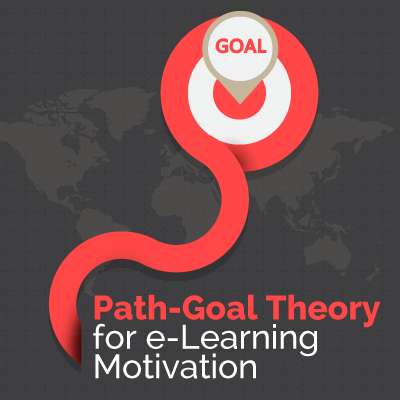January 22, 2015
Pervasive Learning in eLearning
More often than not, the most memorable and exciting learning opportunities take place outside of formal learning environments. In this article, I'll talk about the basics and benefits of pervasive learning in eLearning, so that you can create eLearning experiences that are immersive, interactive, and collaborative for your learners.
by Christopher Pappas











